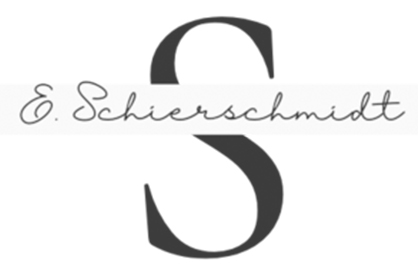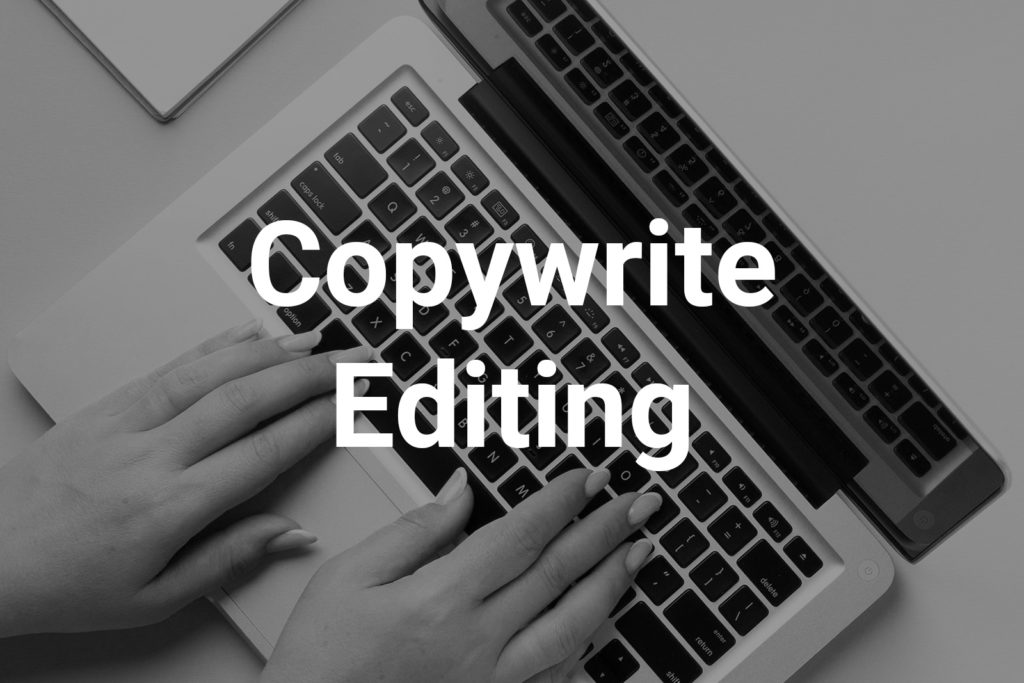
As a copywrite editor, it is my job to explore your story with a different lens. Copywrite editing addresses grammatical or punctuation errors, incorrect facts, anomalies, inconsistencies and typos. This process is meant to improve the readability of a piece and should be the third or fourth round of editing after developmental editing occurs.
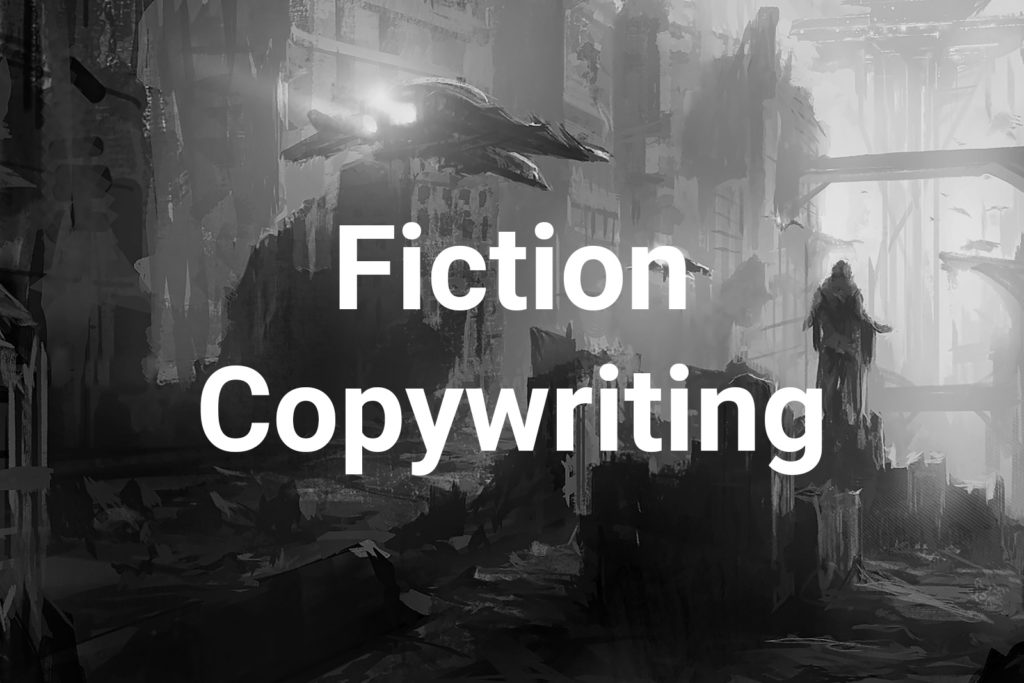
In fiction, copywriting ensures a story comes together without leaving random threads unaddressed. Did you lose a character halfway through a story? Did your characters change personalities without reason? Does all of your dialogue between characters sound the same?
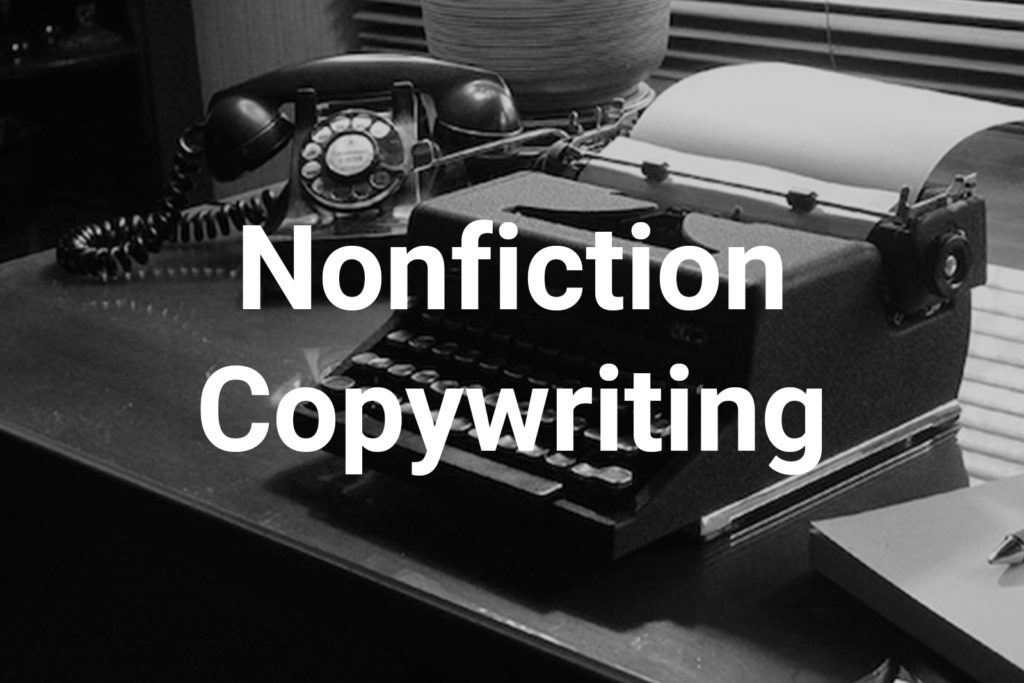
In nonfiction, copywriting addresses tangents. Have you lost your point in the story? Can your claims be verified? Do your thoughts flow chaotically?
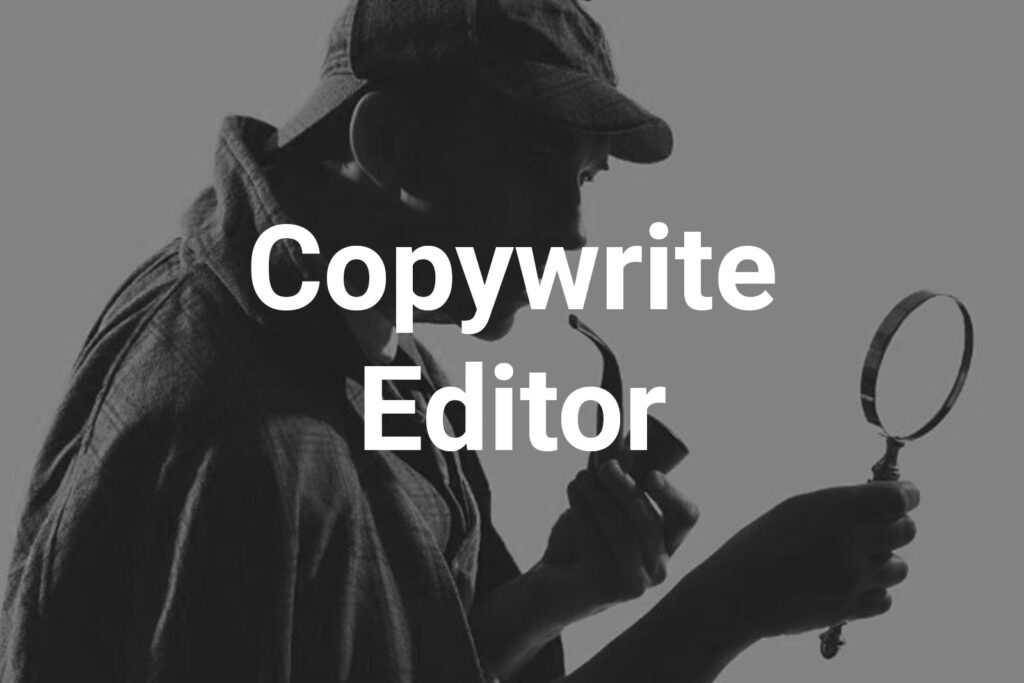
As a copywrite editor, it is my job to explore your story with a different lens. Depending on the length of your piece, this process will take less than three weeks from my start date.
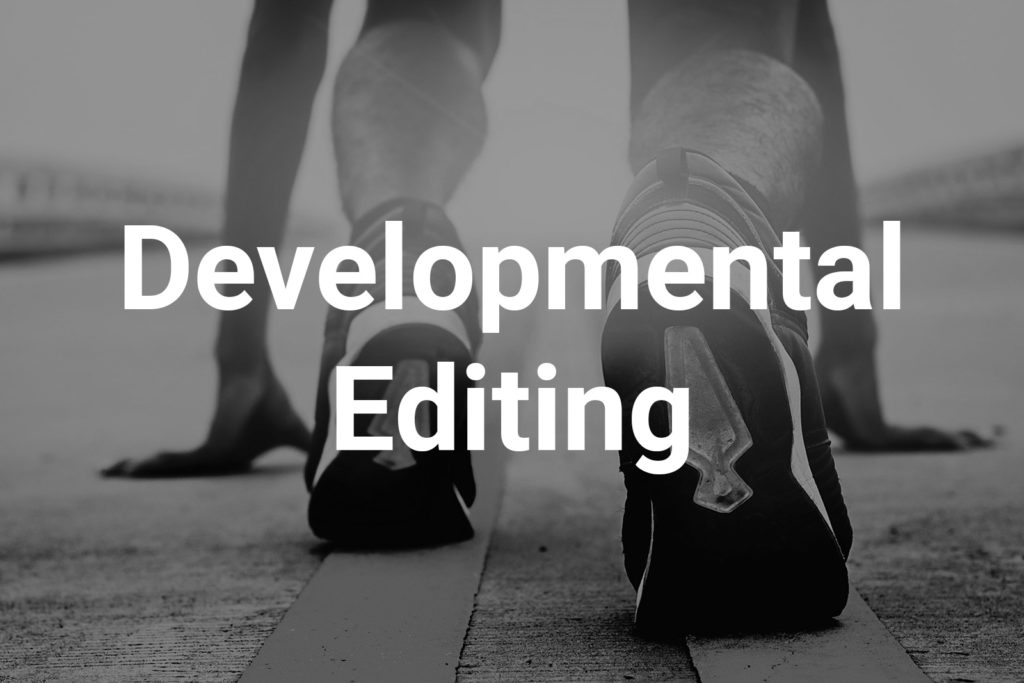
Development editing is similar to copywrite editing but far more extensive. Development editing should be a writer’s first round of editing, and many rounds after until the story comes together.
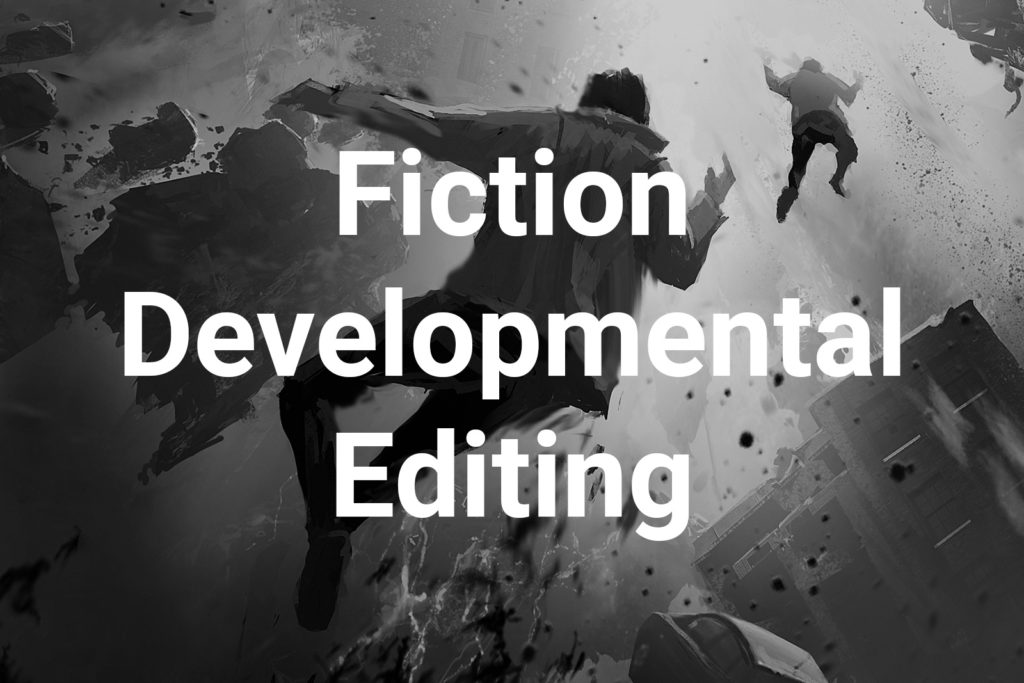
In fiction, developmental editing looks for plot holes, pacing, and dialogue issues. Are your characters brought together in an organic way? Do your characters have unique personalities and distinct traits? Do they grow or devolve throughout the story in a natural way? Is it likely a car in the 1960s would have a car seat for a child?
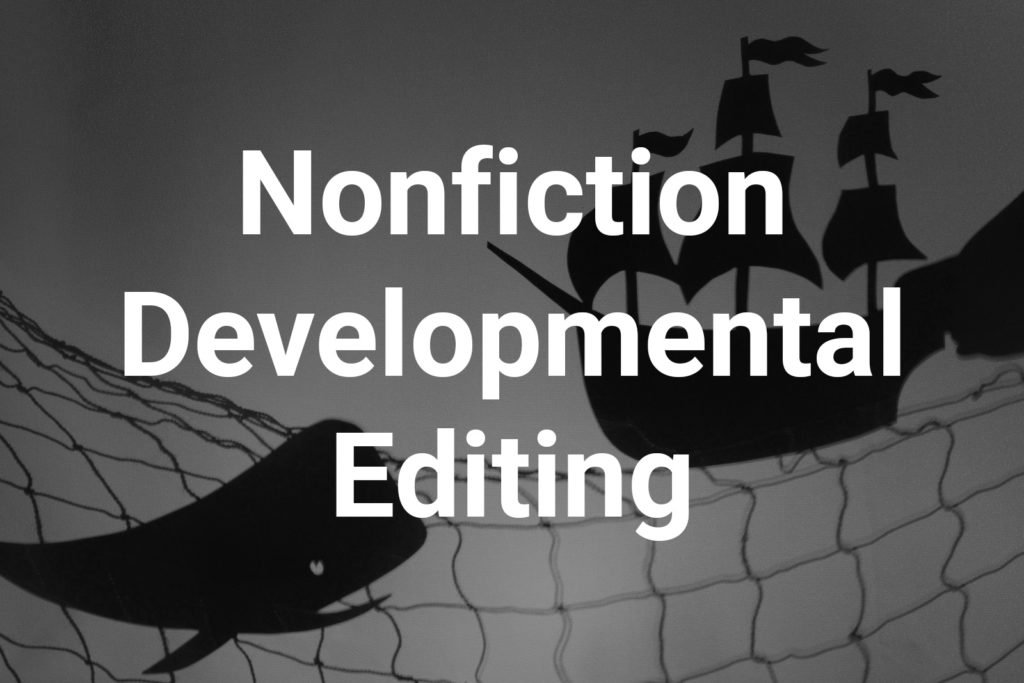
In nonfiction, developmental editing looks for biasness, confrontation, and educational advancement within a piece. If this biasness is purposeful, does it lead to a call for action. Is the piece meant to be confrontational? If so, is the writer ready to address the confrontation? Educational advancement allows the reader to grow with the knowledge. Is the knowledge accurate or does it spread unverifiable misinformation?
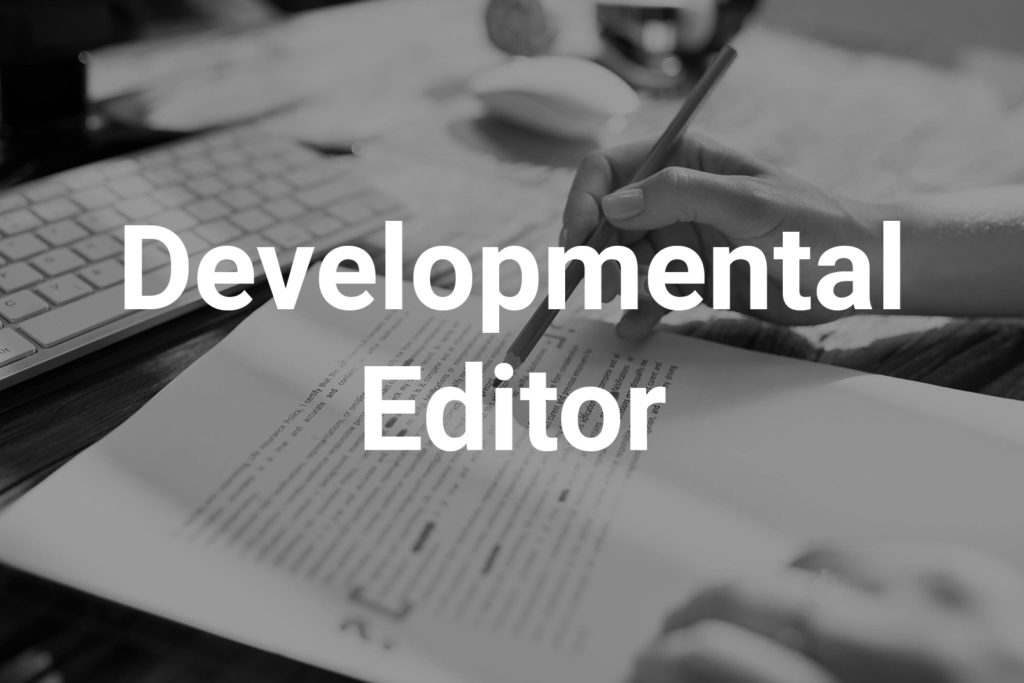
As a developmental editor, it is my responsibility to address every mistake existing within a manuscript. I will edit and critique the story, resulting in a rewrite leading to the creation of a stronger story. Depending on the length, this process will take less than a month from my start date.
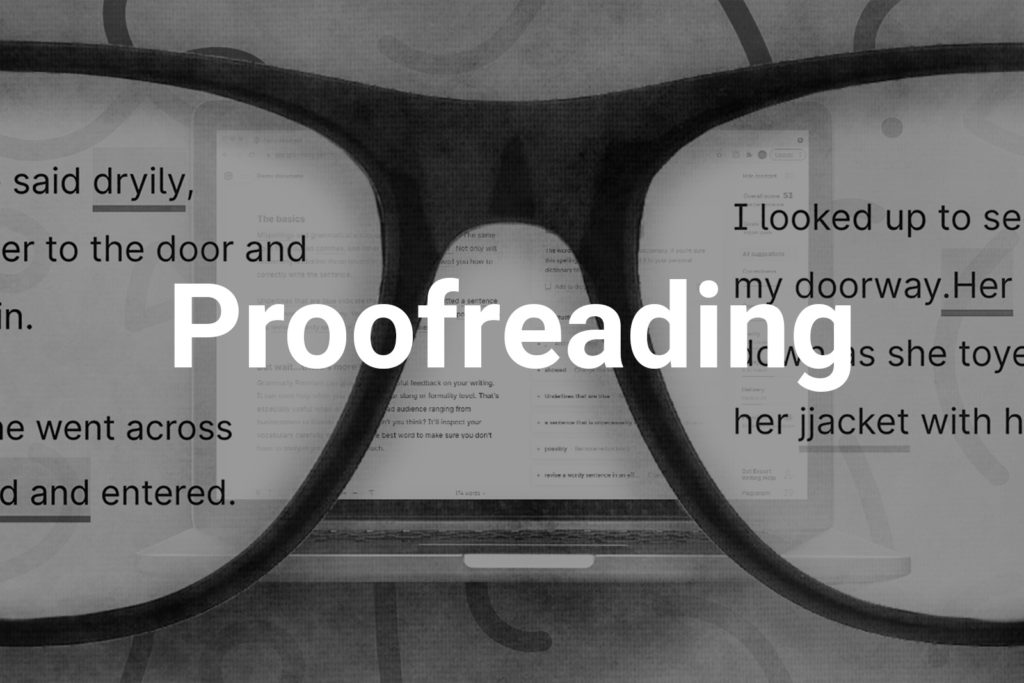
Proofreading is the final read through a typeset proof before publication. It is the last chance to catch typographical, grammatical, style, and spelling errors. You know what your work should say and, as you read it, you will autocorrect your work without realizing it is happening. As a proofreader, it is my job to catch everything missed up until this point and provide a detailed read meant to catch final errors within the last proof before publication. Depending on the length of your piece, this process will take less than two weeks from my start date.

